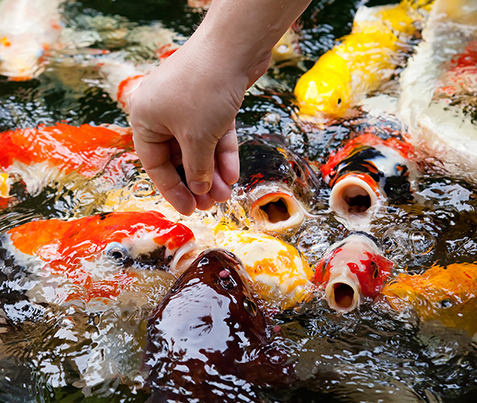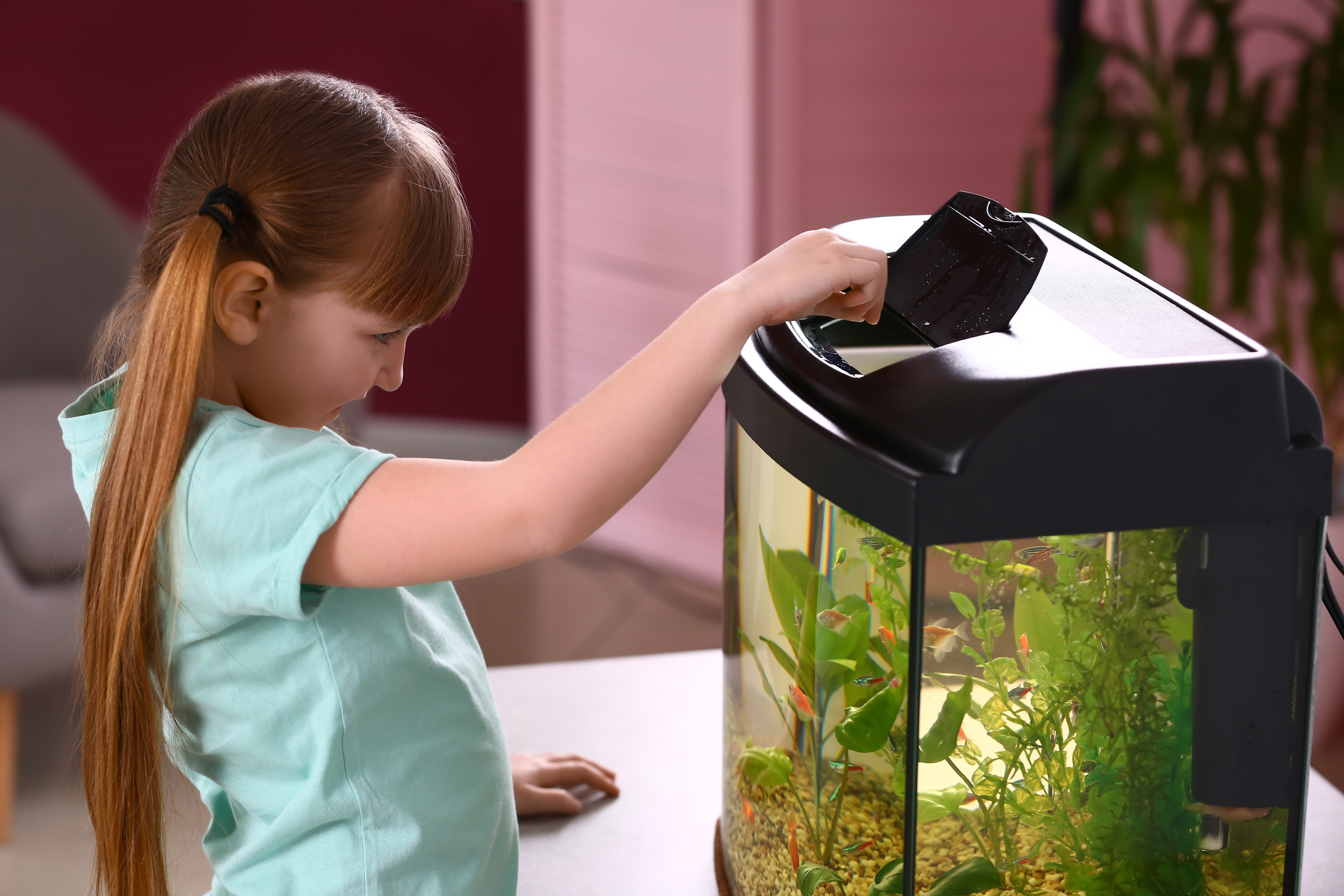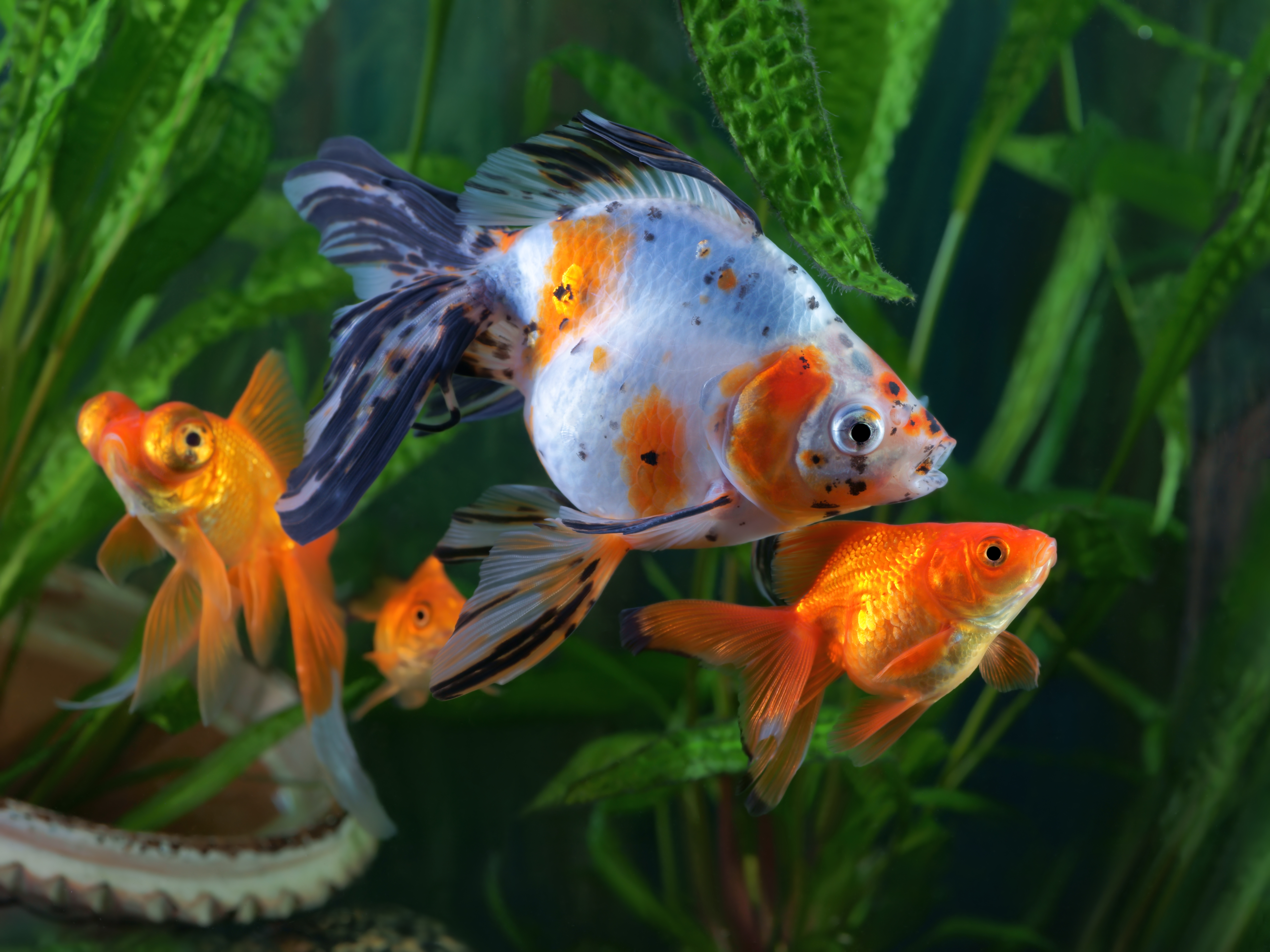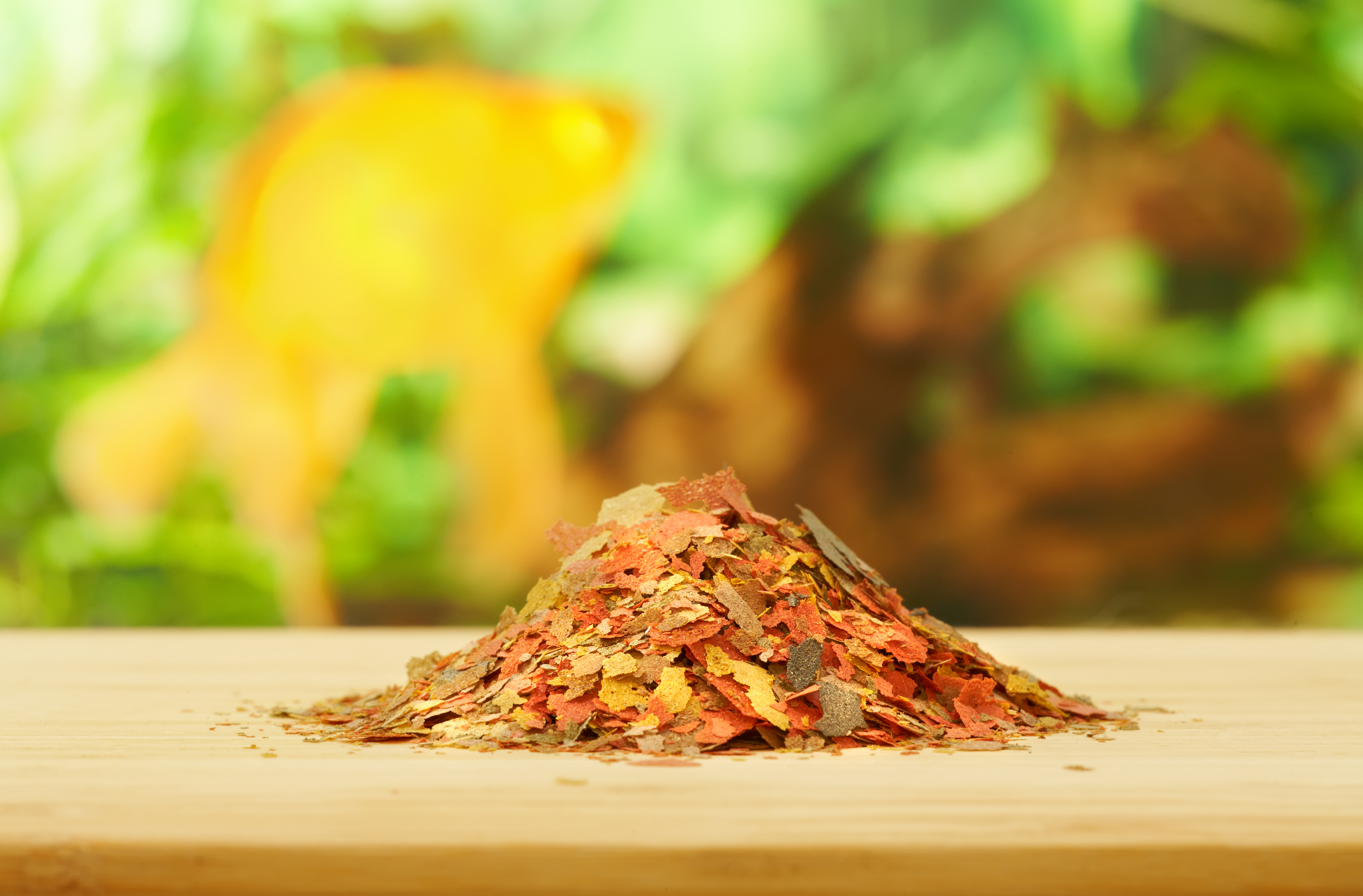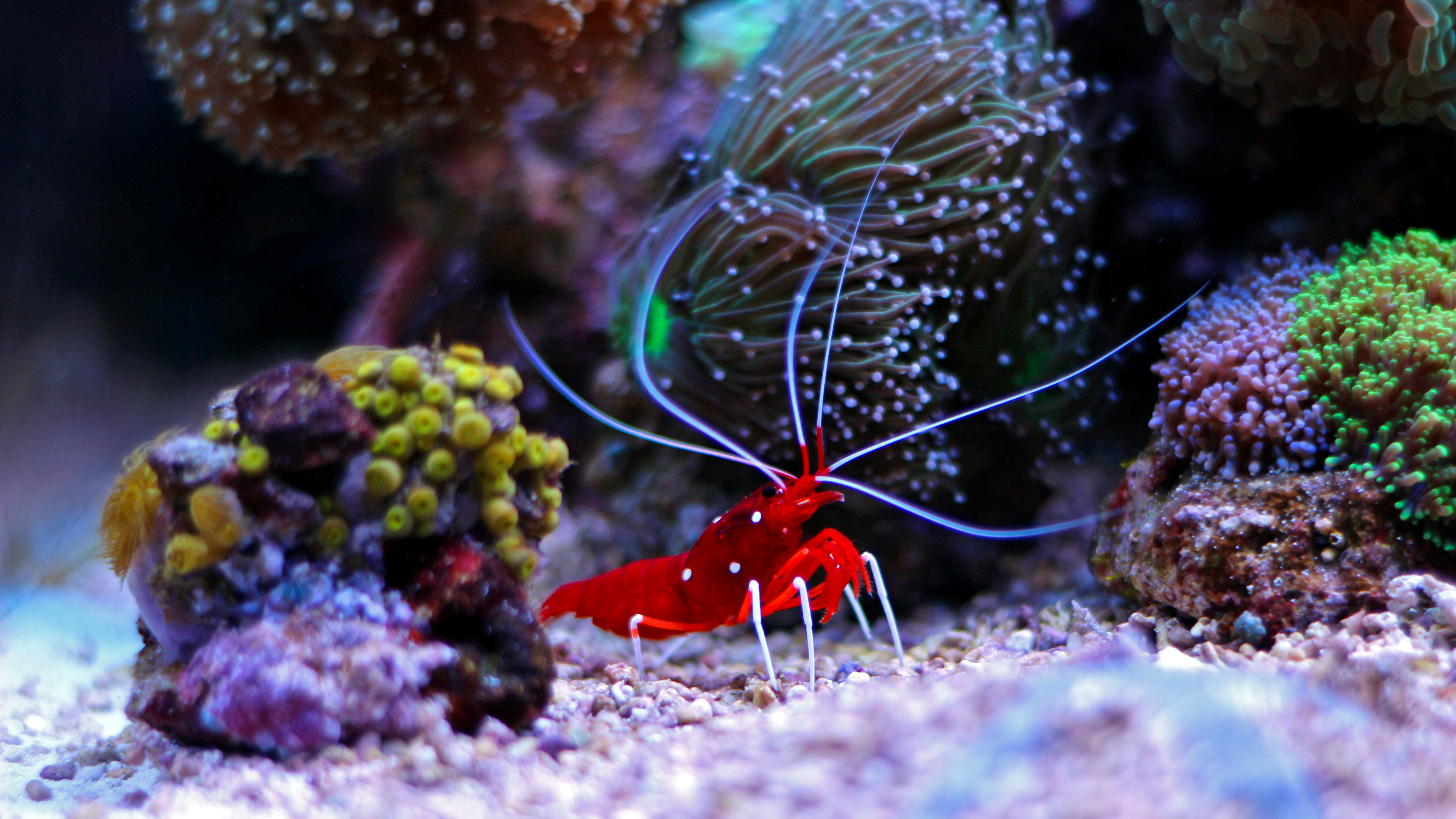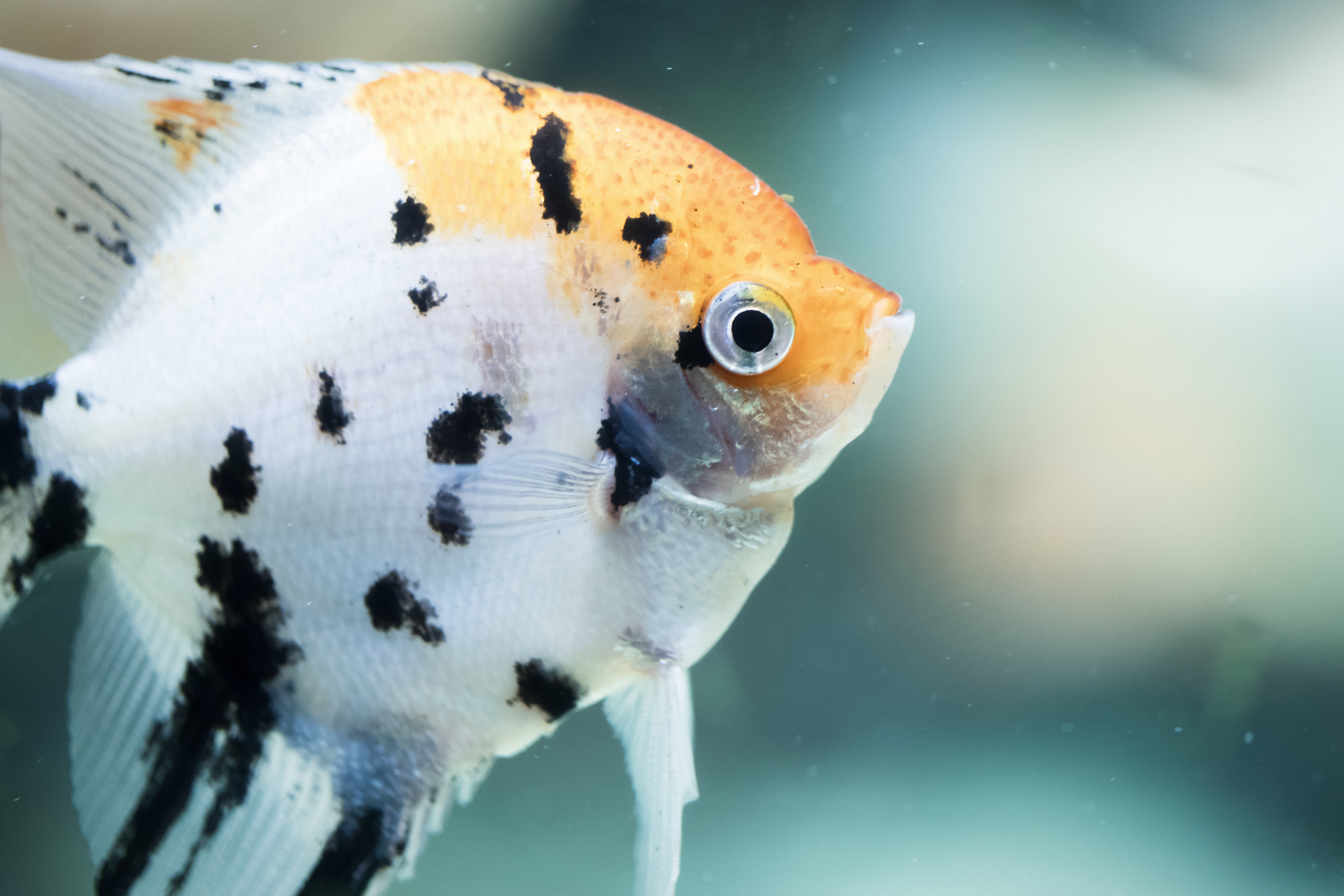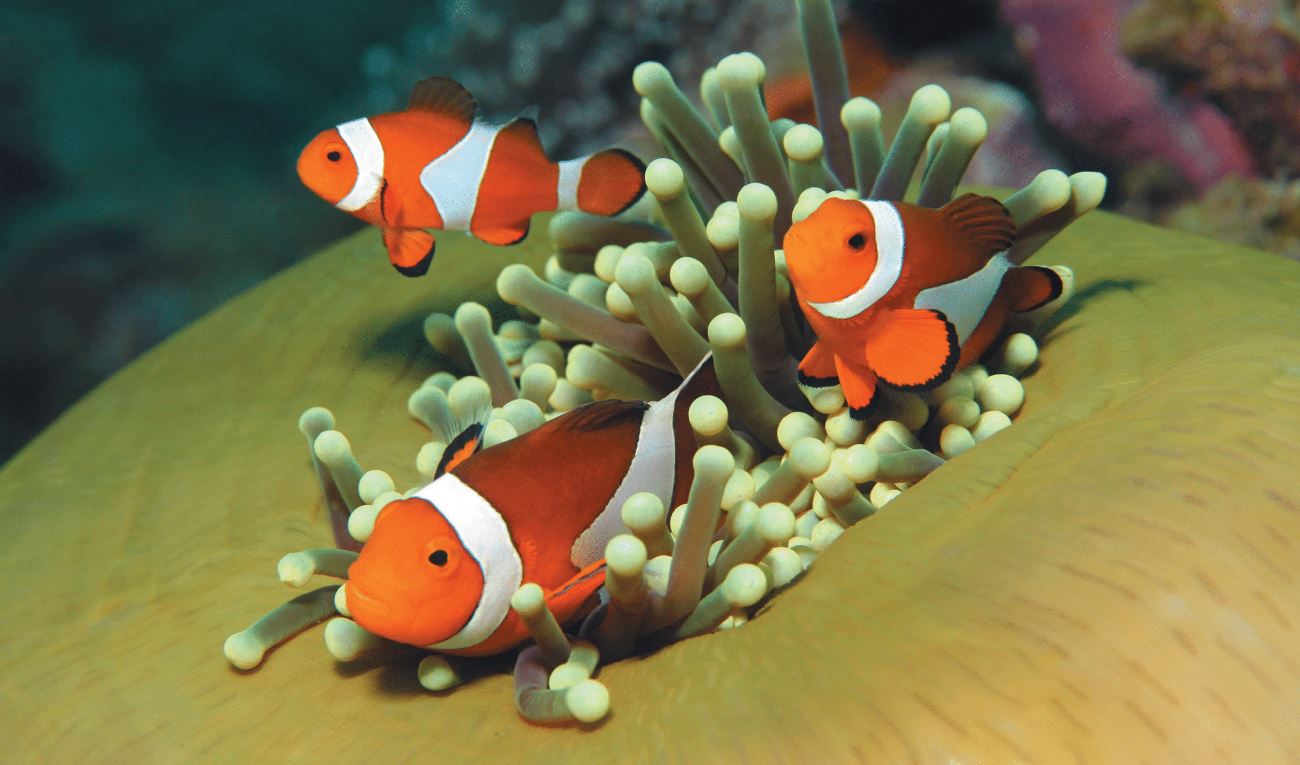Focus on Foods
Joe Olenik //November 1, 2016//
They say “you are what you eat,” and this is certainly true when it comes to aquarium inhabitants. A varied diet of high quality foods promotes color, growth, resistance to disease and, of course, spawning in tropical and pond fish, as well as corals and other invertebrate.
While it is true that today’s flake and pellet foods can certainly sustain most fish without supplementation, there is a huge difference between being sustained and “thriving.” In addition, many rare and unusual freshwater fish, as well as marine specimens – most of which are still captured in the wild – can be pretty finicky when they first arrive in captivity. Offering live foods or frozen alternatives that mimic their natural fare will usually encourage them to start eating. Hikari USA, Ocean Nutrition, San Francisco Bay Brand and V2O Foods all offer a wide variety of frozen foods, along with comprehensive information on their uses.
Today’s frozen fish foods are clean, free of pathogens, loaded with vitamins and other nutrients and come in convenient, easy to use packaging. To make things easier for hobbyists with multiple needs, several frozen food manufacturers offer products with four different types of food in one package. As an aquatic specialty shop, you have a unique opportunity to earn profits and establish your store as a go-to source of knowledge and information by recommending healthy, appropriate foods for every creature you sell. Train your staff to ask customers what they feed fish they already own, and make suggestions for new and interesting foods. Make sure they recommend the best foods and treats for every new aquatic organism they purchase. A great selling point is to show shoppers what foods you feed in your store, or what your employees use in their own aquariums at home.
Knowing what a fish or invert eats in nature is paramount to recommending the right frozen or live foods to hobbyists. Feeding herbivorous fish a constant diet of brine shrimp, bloodworms or krill is not beneficial because their digestive systems can’t process these foods. Mbuna cichlids from Lake Malawi, which graze on algae mats, can actually be harmed by too much fatty food like bloodworms. Similarly, carnivorous fish don’t derive much nutritional value from a steady diet of plant-based foods. That said, all fish benefit from variety in their diets. Herbivores need a little meat in their diet, and carnivores need a little roughage. In addition, many hobbyists either own multiple aquariums or keep a mixture of different kinds of fish in the same aquarium, and a lot of folks buy fish without researching their purchases, so alternating foods benefits the entire tank!
In addition to offering the right nutritional makeup, particle size and presentation are important factors in attracting fish and matching the right product to the fish it is intended for. The size of a fish’s mouth is an indication of what size foods to feed them. Small schooling fish can be fed daphnia, baby brine shrimp, Cyclops or regular brine shrimp. Plankton, mysis shrimp and spirulina enriched brine shrimp make excellent foods for medium sized fish. Large predatory fish should be fed squid, superba krill, gammarus or silversides, depending on their size, habitat and natural diet. Whole clams and mussels on the half shell make fantastic offerings for marine angelfish, butterflies and triggers. The shells help triggers file their teeth. Tangs, rabbitfish and large species marine angelfish will grow and maintain vivid colors when fed foods made from natural seaweed and other plant matter. Uarus, Severums, silver dollars, tinfoil barbs and other freshwater herbivores can be fed frozen veggie foods as well. Discus, other medium sized cichlids and predators, stingrays and most freshwater catfish grow and prosper on frozen bloodworms, beefheart, mysis and ocean plankton. These are but a few scenarios; encourage your customers to try all sorts of frozen fish foods and offer to exchange uneaten food in good condition if their fish don’t like it.
Frozen foods aren’t just for fish. With the popularity of reef aquariums, manufacturers have responded with frozen products intended specifically for corals. Rotifers, Cyclops, zooplankton and phytoplankton are all available in frozen forms as well and should be recommended with every coral purchase.
When deciding what brands and types of frozen foods to stock, consider variety, availability and freshness. Avoid vendors who require minimum purchases, as you may be out a particular product for long periods before you need enough product to generate an order. It does no good to get customers hooked on a certain type of food and then not be able to keep it in stock. To maximize sales, invest in an upright freezer with glass doors so your customers can see your product line, and sales associates can show and discuss your selection.
The quality of frozen foods has come light years in the last couple decades, and they are the 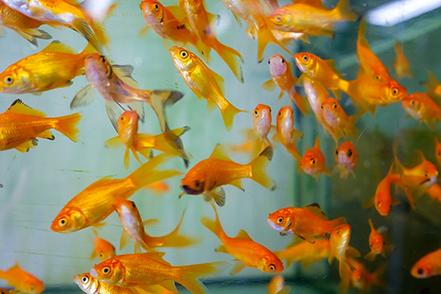 safest, most nutritious option for hobbyists looking to give their fish and invertebrates the very best diet possible. However, there is simply no substitute for live food, especially for super finicky fish or if you’re trying to condition fish for breeding. When you mention live foods, however, many hobbyists think only of brine shrimp, feeder fish and blackworms. And unfortunately, to many aquarists, live foods also represent the likelihood of introducing diseases into their aquarium. But this doesn’t have to be the case. By buying live brine, blackworms, feeder fish and ghost shrimp from reputable vendors and caring for them properly, you can offer your customers safe, healthy options.
safest, most nutritious option for hobbyists looking to give their fish and invertebrates the very best diet possible. However, there is simply no substitute for live food, especially for super finicky fish or if you’re trying to condition fish for breeding. When you mention live foods, however, many hobbyists think only of brine shrimp, feeder fish and blackworms. And unfortunately, to many aquarists, live foods also represent the likelihood of introducing diseases into their aquarium. But this doesn’t have to be the case. By buying live brine, blackworms, feeder fish and ghost shrimp from reputable vendors and caring for them properly, you can offer your customers safe, healthy options.
Freshness is especially important with live foods. Fast turnover and regular delivery is critical. Remember that summer months can make things tough, but proper preparation and advising customers that outages or subpar quality is a temporary situation will help avoid problems and preserve your customers’ confidence. Maintain pristine water quality and run a UV sterilizer on your feeder goldfish and guppy systems. Keep live blackworms in a cold water flow-thru setup or refrigerate and rinse them daily. Instruct your customers to do the same. Aerate live brine shrimp vigorously and do frequent water changes. Encourage buyers to strain them through a brine shrimp net and rinse lightly in freshwater to remove parasites, especially if they intend to feed them to marine fish.
There are a number of other live foods to consider besides the traditional ones purchased from commercial vendors. During my nearly four decades in the retail aquarium trade, my staff and I hatched baby brine shrimp daily for in-store use and sold portions to our customers. We also cultivated daphnia, microworms, grindal worms, vinegar eels and white worms. We sold starter cultures and provided instructions on their uses and how to cultivate them. In addition, we offered ghost shrimp, four sizes of crickets, waxworms, mealworms, silkworms (great for enhancing color and luster in koi!), redworms and nightcrawlers. We educated our customers about their use and developed a strong and steady clientele because few other stores offered what we did.
Aquarists love their fish, and like all pet owners, they love to spoil them. Let’s face it, it’s fun to feed the fish. Buying frozen or live foods online is expensive unless you’re buying large quantities at a time. You and your staff can be real heroes to your customers and their fish by teaching them how to provide the very best diet possible. And your cash register will thank you, too!
Happy fishkeeping!
